| Structure | Name/CAS No. | Articles |
|---|---|---|
 |
sodium dodecyl sulfate
CAS:151-21-3 |
|
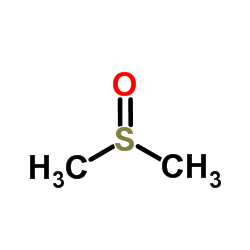 |
Dimethyl sulfoxide
CAS:67-68-5 |
|
 |
Sodium deoxycholate
CAS:302-95-4 |
|
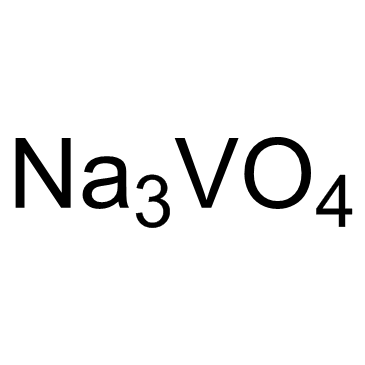 |
Sodium orthovanadate
CAS:13721-39-6 |
|
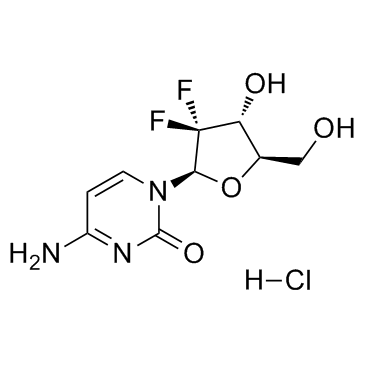 |
Gemcitabine HCl
CAS:122111-03-9 |
|
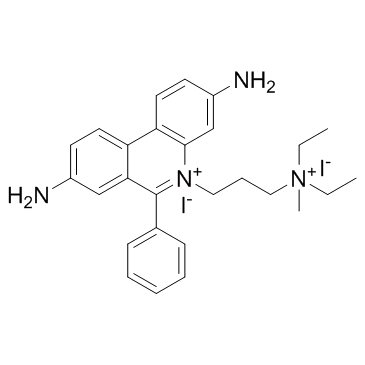 |
Propidium Iodide
CAS:25535-16-4 |
|
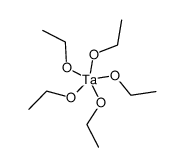 |
Tantalum(V) Ethoxide
CAS:6074-84-6 |
|
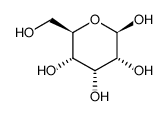 |
Beta-D-allose
CAS:7283-09-2 |
|
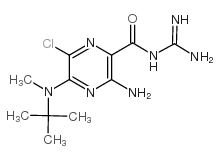 |
5-(N-Methyl-N-isobutyl)-Amiloride
CAS:96861-65-3 |
|
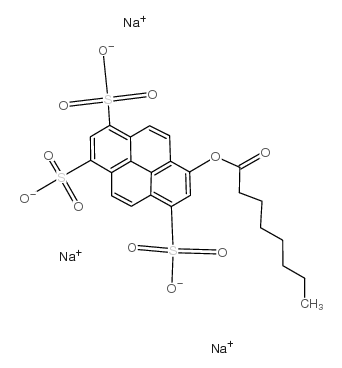 |
8-Octanoyloxypyrene-1,3,6-trisulfonic acid trisodium salt
CAS:115787-84-3 |